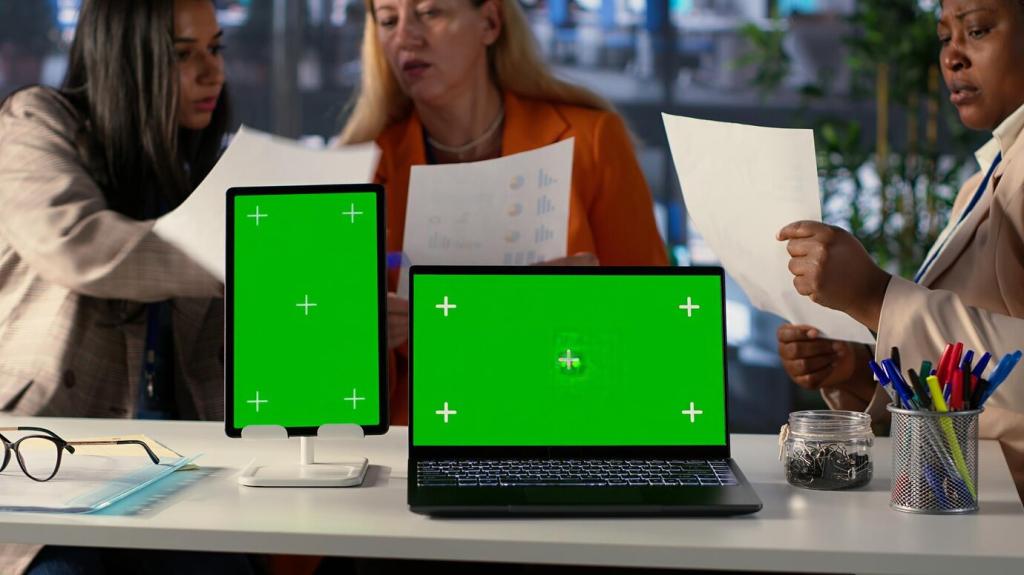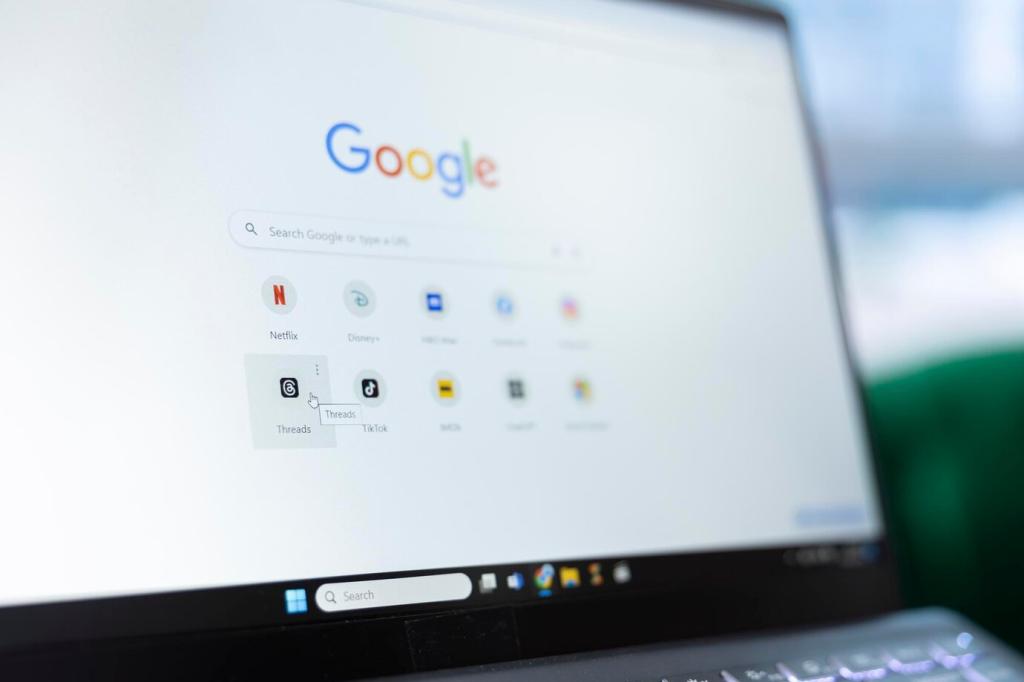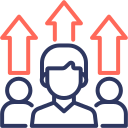Continuous Learning for Career Progression: Build Momentum, Not Just a Resume
Chosen theme for today: Continuous Learning for Career Progression. Welcome to a space where curiosity becomes career fuel, small wins compound into big leaps, and your skills evolve faster than your job title. Subscribe, share your goals, and let’s grow consistently—week by week.



Design Your Personal Learning Roadmap
Run a Ruthless Skills Audit
List your target role, then map required competencies against your current strengths. Score yourself honestly, gather manager feedback, and prioritize gaps with business impact. This transparency makes continuous learning targeted, efficient, and directly relevant to career progression.
Set Outcome-Focused Learning Goals
Replace vague goals like “learn SQL” with outcomes like “ship a dashboard used weekly by sales.” Tie each learning goal to a visible deliverable and timeline, so continuous learning naturally converts into career progression signals others can recognize.
Microlearning that Compounds
Fifteen focused minutes daily beats occasional marathons. Use spaced repetition, flashcards, and tiny projects. Continuous learning thrives on small, consistent inputs that compound into mastery and credibility, accelerating your progression without overwhelming your calendar or energy.


Blend Formal Courses with Real-World Practice
Choose courses aligned with actual challenges at work—customer churn, data quality, or onboarding speed. When your continuous learning addresses real problems, leaders notice. Your learning becomes a lever for career progression, not just a personal enrichment activity.
Blend Formal Courses with Real-World Practice
Volunteer for small, time-boxed initiatives outside your comfort zone: a cross-team pilot, a prototype, or a retrospective lead. Stretch projects transform theoretical knowledge into outcomes, strengthening your narrative that continuous learning propels your career progression.
Master Feedback, Data, and Reflection
Defeat the Forgetting Curve
Ebbinghaus showed we forget fast without reinforcement. Schedule reviews at expanding intervals and teach others to cement knowledge. Continuous learning sticks when you design memory into your workflow, guarding your career progression from silent skill decay.
Build a Learning Dashboard
Track weekly learning time, completed deliverables, feedback notes, and business outcomes influenced. A simple dashboard reveals patterns, motivates consistency, and proves that continuous learning is translating into tangible career progression others can verify and reward.
Weekly Retrospectives that Stick
Ask three questions every Friday: What did I learn? Where did I struggle? What will I try next? This ritual turns continuous learning into a rhythm, steadily nudging your career progression with actionable, bite-sized course corrections.

Timeboxing and Energy Matching
Block your highest-energy hour for learning tasks that require depth, like practicing queries or writing. Reserve low-energy time for passive reading. Protecting these blocks ensures continuous learning happens reliably, moving your career progression forward even on busy weeks.

Habit Loops and Implementation Intentions
Tie learning to existing routines: after coffee, review flashcards; before standup, skim one case study. Pre-decide the when and where. Habits make continuous learning automatic, which steadily compounds into meaningful, sustained career progression.

Navigate Burnout with Cycles of Rest
Intensity without recovery backfires. Use sprints and deload weeks, mixing lighter learning like podcasts with heavier builds. Sustainable continuous learning protects momentum and supports long-term career progression without sacrificing health, curiosity, or personal relationships.

Look for mentors who ask probing questions and co-design experiments, not just give answers. Their guidance turns continuous learning into a personalized engine for career progression that respects your context, strengths, and pace.

Form a trio that meets biweekly to share experiments, code snippets, or case studies. Rotate facilitation, set micro-goals, and celebrate small wins. Peer accountability keeps continuous learning alive and visibly advances everyone’s career progression together.

Offer your strengths—tools, trends, or user insights—to senior colleagues while learning strategy from them. This exchange makes continuous learning two-way, expanding your influence and accelerating career progression through genuine, cross-level collaboration.
Ship a Public Portfolio
Publish case studies, dashboards, prototypes, or playbooks with context, constraints, and impact. A thoughtful portfolio showcases continuous learning in action and signals readiness for career progression without relying solely on job titles or buzzwords.
Tell Impact Stories in Interviews
Use the STAR or PAR framework to connect learning to outcomes: problem, actions, measurable results. Show how continuous learning changed decisions and metrics. Clear narratives convert your growth into compelling career progression evidence that resonates with hiring panels.
Map Learning to Internal Mobility
Share monthly summaries with your manager, link skills to open initiatives, and ask for targeted stretch work. Intentional visibility ensures continuous learning translates into promotions, lateral moves, or special projects that accelerate your career progression meaningfully.
